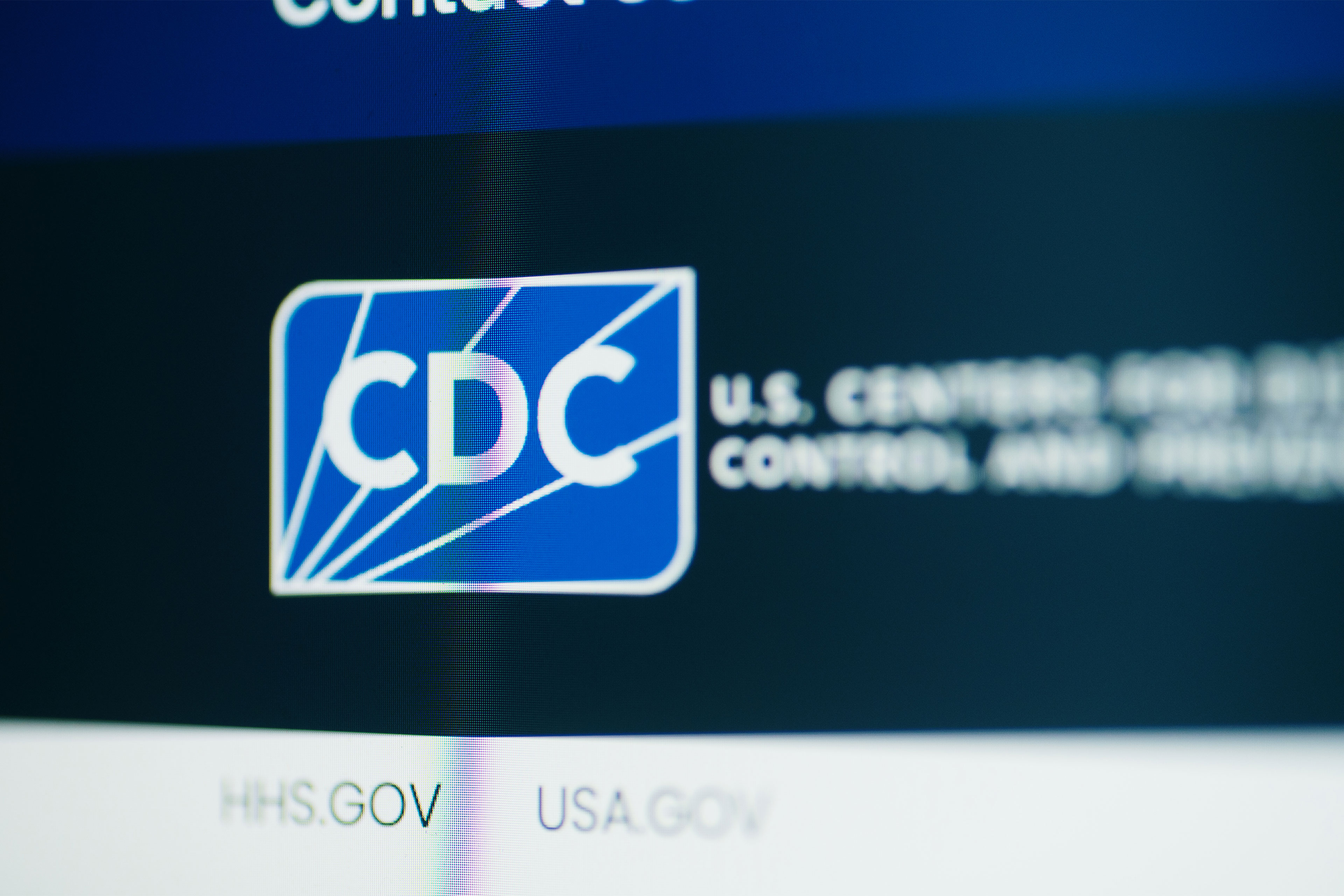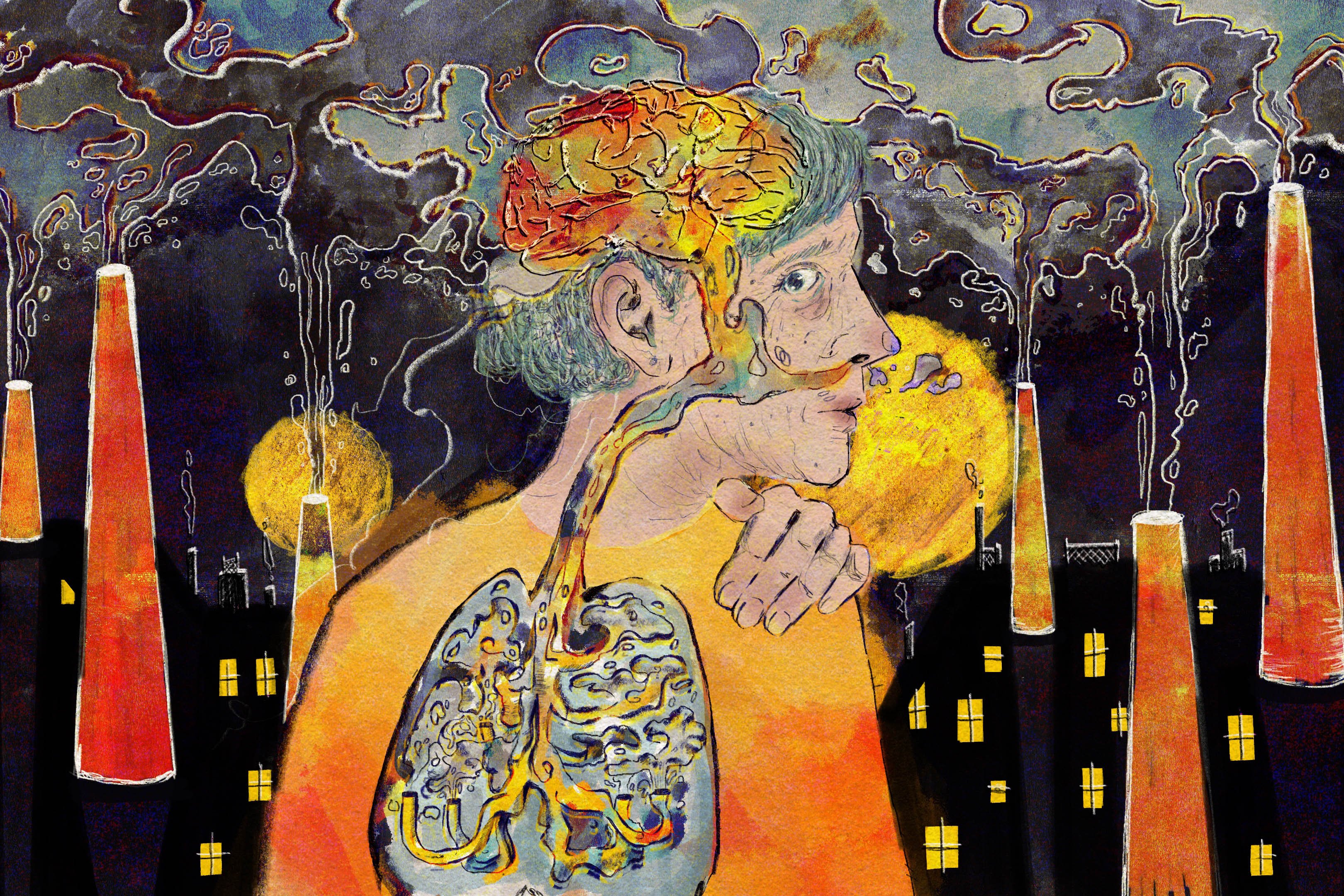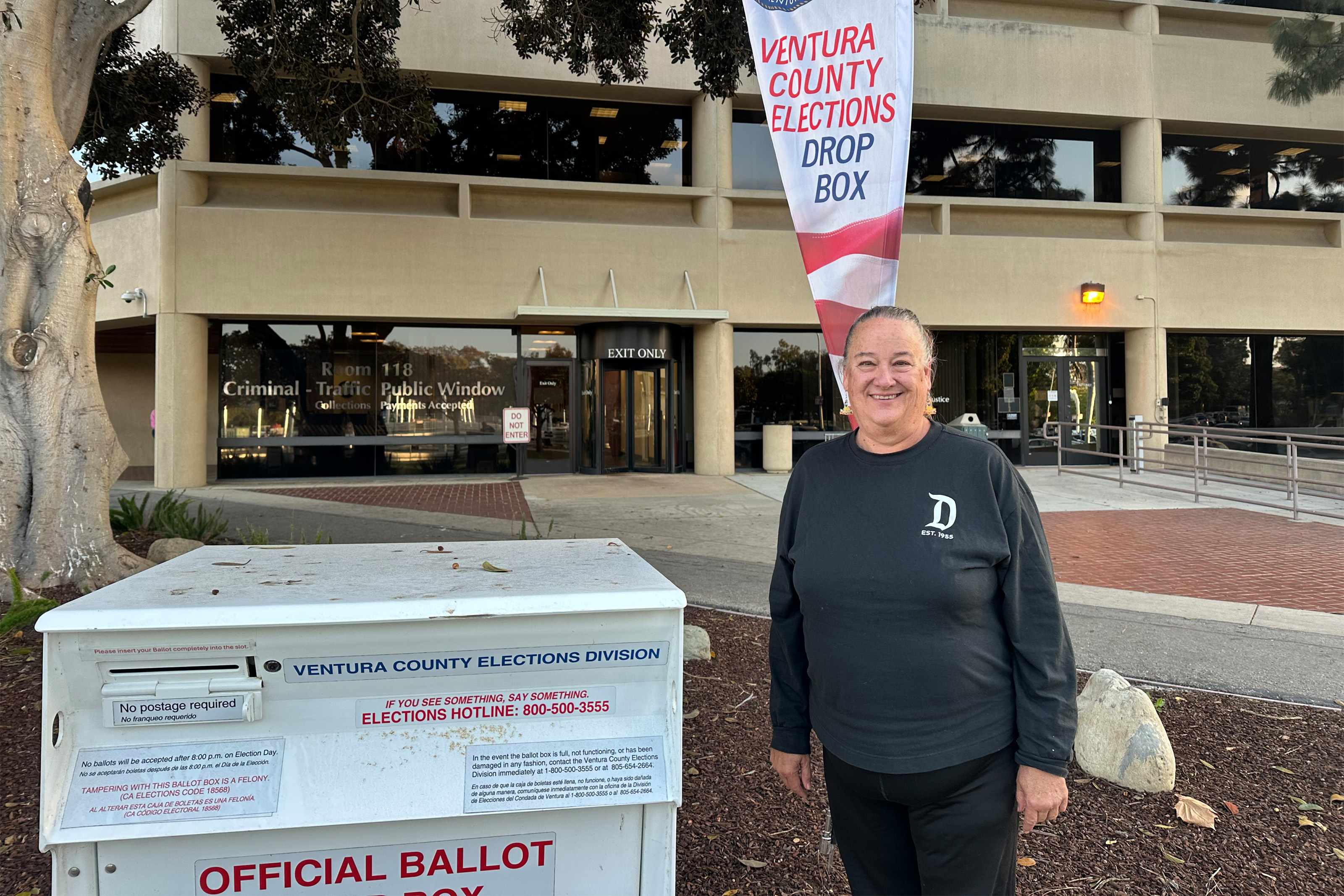SUD Treatment in Medicaid: Variation by Service Type, Demographics, States and Spending
Substance use disorders contribute to a growing number of deaths, yet they often go undiagnosed and untreated. While nearly three-quarters of Medicaid enrollees with a diagnosed substance use disorder utilized some type of treatment service in 2020, medication treatment rates varied widely, being much lower for alcohol use disorder than opioid use disorder, and lower among Black enrollees and youth compared to their counterparts. Treatment rates varied considerably across states and average Medicaid spending for people with a diagnosed substance use disorder is over twice as high compared to those without a substance use disorder.



